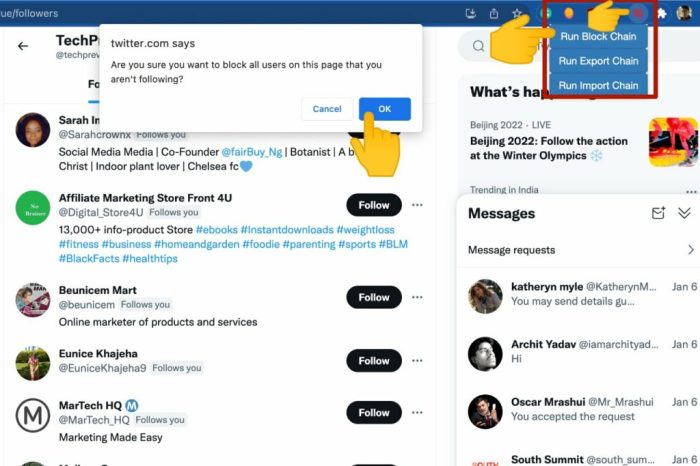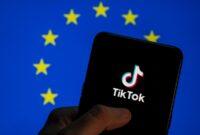Twitter now lets you share a list of blocked accounts with others, a move that could significantly impact how users interact with the platform and manage online harassment. This new feature allows users to share a list of accounts they’ve blocked, potentially increasing awareness of problematic behavior and fostering collective action against it.
But it also raises important questions about privacy and security, as sharing this list could inadvertently expose sensitive information or even lead to further harassment.
The feature’s implementation is straightforward: users can simply select the “Share Blocked Accounts” option within their account settings. However, the potential consequences of sharing this list are far-reaching. While it could empower users to collectively address harassment, it also raises concerns about doxing and the misuse of personal information.
This opens up a complex debate about balancing individual privacy with the need for transparency and collective action against online abuse.
Twitter’s New Feature: Sharing Blocked Accounts
Twitter has introduced a new feature that allows users to share their list of blocked accounts with others. This feature is designed to help users combat online harassment and build a safer online environment.
Sharing Your Blocked Accounts List
Sharing your blocked accounts list is a straightforward process. Users can access this feature by navigating to their account settings. Once there, they will find a new option to share their blocked accounts list. Twitter allows users to share this list via a link that can be sent to other users or shared publicly.
Benefits of Sharing a Blocked Accounts List
Sharing a blocked accounts list can have several benefits for users. Sharing this list can help raise awareness of harassment and potentially lead to collective action. Here are some potential benefits:
- Increased Awareness:Sharing a blocked accounts list can help others become aware of accounts that may be engaging in harassment or spreading misinformation. This can help to prevent these accounts from targeting other users.
- Collective Action:Sharing a blocked accounts list can facilitate collective action against abusive accounts. By sharing their lists, users can create a more comprehensive picture of the accounts that are causing harm, which can lead to more effective reporting and action.
- Support and Solidarity:Sharing a blocked accounts list can be a way for users to show support for each other and demonstrate solidarity against harassment. It can be a powerful way to build a sense of community and show that harassment will not be tolerated.
Implications for User Privacy and Security
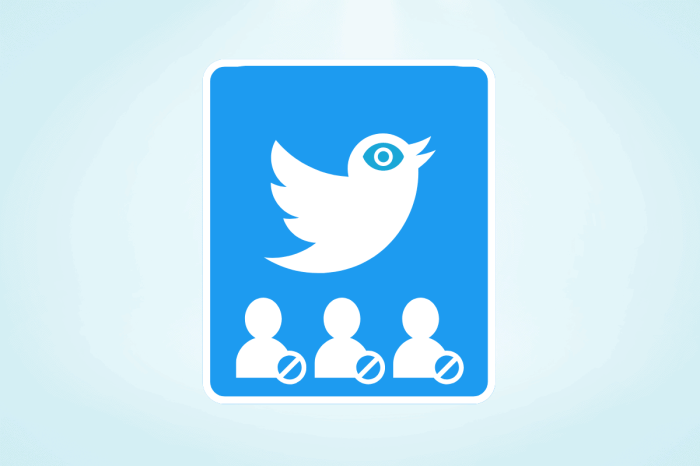
Sharing a list of blocked accounts on Twitter presents a new dimension to user privacy and security, potentially raising concerns about the misuse of this information. While the feature aims to empower users to share their blocking experiences, it’s crucial to understand the potential risks involved.
You also can understand valuable knowledge by exploring text to image generator creates award winning ai film the crow.
Potential Privacy Concerns
Sharing a blocked accounts list can inadvertently expose sensitive information about a user’s online interactions. This list might reveal individuals or accounts the user has interacted with, even if those interactions were brief or inconsequential. For example, a user might have blocked an account due to a single offensive tweet, but sharing the list could reveal that they had previously followed or interacted with that account.
Potential for Misuse
This feature can be misused for malicious purposes, such as doxing or harassment. Doxing involves revealing someone’s private information, often with the intent to harass or intimidate them. Sharing a blocked accounts list could potentially expose a user’s personal information if the blocked accounts contain sensitive details.
For instance, if a user blocks an account that has previously shared their home address or phone number, sharing the blocked accounts list could inadvertently reveal this information to others. Similarly, the list could be used to target individuals for harassment, as it could provide information about their online activities and social circles.
Strategies to Mitigate Privacy Risks, Twitter now lets you share a list of blocked accounts with others
Users can employ several strategies to mitigate privacy risks while using this feature.
- Carefully curate the list:Users should carefully review their blocked accounts list before sharing it, removing any accounts that might contain sensitive information. This could involve blocking accounts that have previously shared personal information or have been associated with harassment.
- Limit sharing:Users should only share their blocked accounts list with trusted individuals or groups. Sharing it publicly could expose the information to a wider audience, increasing the risk of misuse.
- Use privacy settings:Twitter offers various privacy settings that can help protect user information. Users can adjust their privacy settings to limit who can see their blocked accounts list. For example, they can choose to share the list only with followers or with a specific group of friends.
Impact on Online Community and Moderation
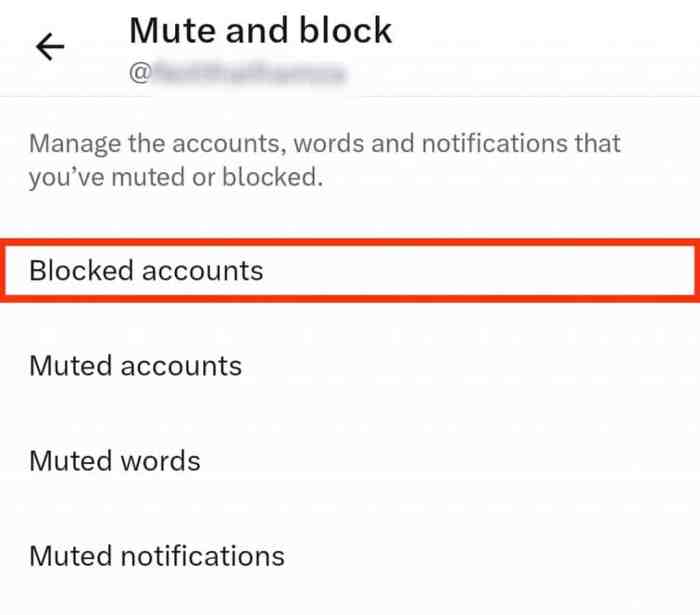
The ability to share blocked accounts lists presents a unique opportunity for online communities and moderation efforts, introducing both potential benefits and challenges. While this feature could empower users to collectively combat harassment and misinformation, it also raises concerns about privacy, potential misuse, and the overall impact on the platform’s ecosystem.
The Potential Impact of Sharing Blocked Accounts Lists
The potential impact of this feature on online communities and moderation efforts is multifaceted. Sharing blocked accounts lists could potentially:
- Enhance Community Safety:By sharing blocked accounts lists, users can collaborate to identify and avoid potentially harmful individuals or accounts. This could create a safer online environment for everyone.
- Improve Moderation Efficiency:Platforms could leverage these lists to identify and take action against accounts engaging in harmful behavior. This could streamline the moderation process and improve the platform’s overall effectiveness in addressing harmful content.
- Foster Transparency and Accountability:Sharing blocked accounts lists could increase transparency around platform moderation decisions. Users can see why certain accounts are blocked and understand the rationale behind the platform’s actions.
- Empower Users to Take Control:By sharing their blocked accounts lists, users can proactively protect themselves and their communities from unwanted interactions.
Comparison with Existing Methods
Sharing blocked accounts lists offers a different approach to moderation compared to existing methods, such as reporting and blocking accounts.
- Reporting and Blocking:These methods rely on individual user action and platform intervention. While effective in addressing individual instances of abuse, they may not be sufficient to combat large-scale or coordinated harassment campaigns.
- Sharing Blocked Accounts Lists:This feature allows users to share their experiences and collaborate in identifying and addressing problematic accounts. It potentially offers a more proactive and collective approach to combating harmful behavior.
Challenges and Opportunities for Online Platforms
The introduction of this feature presents challenges and opportunities for online platforms in managing the sharing of blocked accounts lists:
- Privacy Concerns:Sharing blocked accounts lists raises concerns about user privacy. Users may be hesitant to share their lists if they fear potential repercussions or misuse of the information.
- Potential for Abuse:The feature could be misused to target individuals or groups based on their beliefs or affiliations. This could lead to silencing of dissenting voices and create a hostile environment for marginalized communities.
- Managing False Positives:Platforms need to ensure that the lists are accurate and avoid false positives. Misinformation or biased lists could lead to the unjust blocking of legitimate accounts.
- Balancing User Control and Platform Responsibility:Platforms need to strike a balance between user control and their responsibility to maintain a safe and inclusive online environment. They need to ensure that the feature does not contribute to the spread of misinformation or the silencing of legitimate voices.
User Reactions and Perspectives: Twitter Now Lets You Share A List Of Blocked Accounts With Others
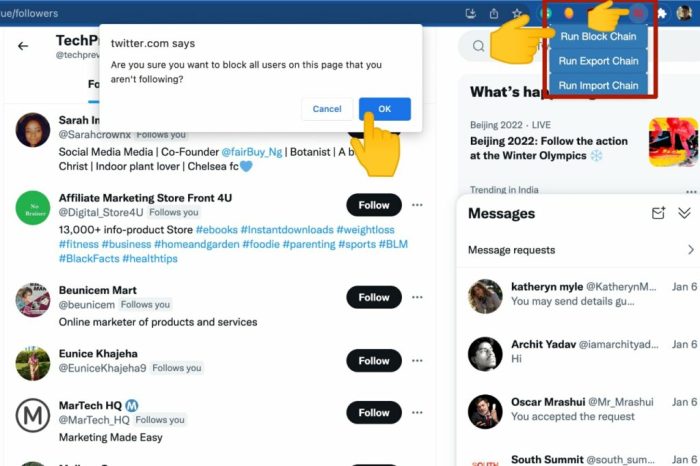
The introduction of the ability to share blocked accounts on Twitter has sparked a wide range of reactions from users, ranging from enthusiastic support to strong opposition. This new feature has ignited a conversation about the implications for user privacy, online safety, and the very nature of online communities.
User Feedback Categorization
Understanding user perspectives requires categorizing their feedback. This helps in identifying the dominant sentiment surrounding the feature.
- Positive Reactions:Some users see this feature as a powerful tool for promoting transparency and accountability. They argue that sharing blocked accounts can expose abusive or harassing behavior, leading to consequences for the perpetrators.
- Negative Reactions:A significant segment of users express concerns about privacy and safety. They argue that sharing blocked accounts could lead to harassment, doxing, and even offline repercussions. They also worry about the potential for misuse, where individuals could be falsely accused or targeted for their opinions.
- Neutral Reactions:Some users are uncertain about the feature’s impact. They acknowledge the potential benefits of transparency but remain hesitant about the potential risks. They express a desire for more information and clarification from Twitter regarding the feature’s intended use and safeguards.
Comparison of Different Perspectives
A table effectively illustrates the contrasting perspectives on the impact of sharing blocked accounts.

